Home>Garden Essentials>When To Harvest Cucumber Seeds
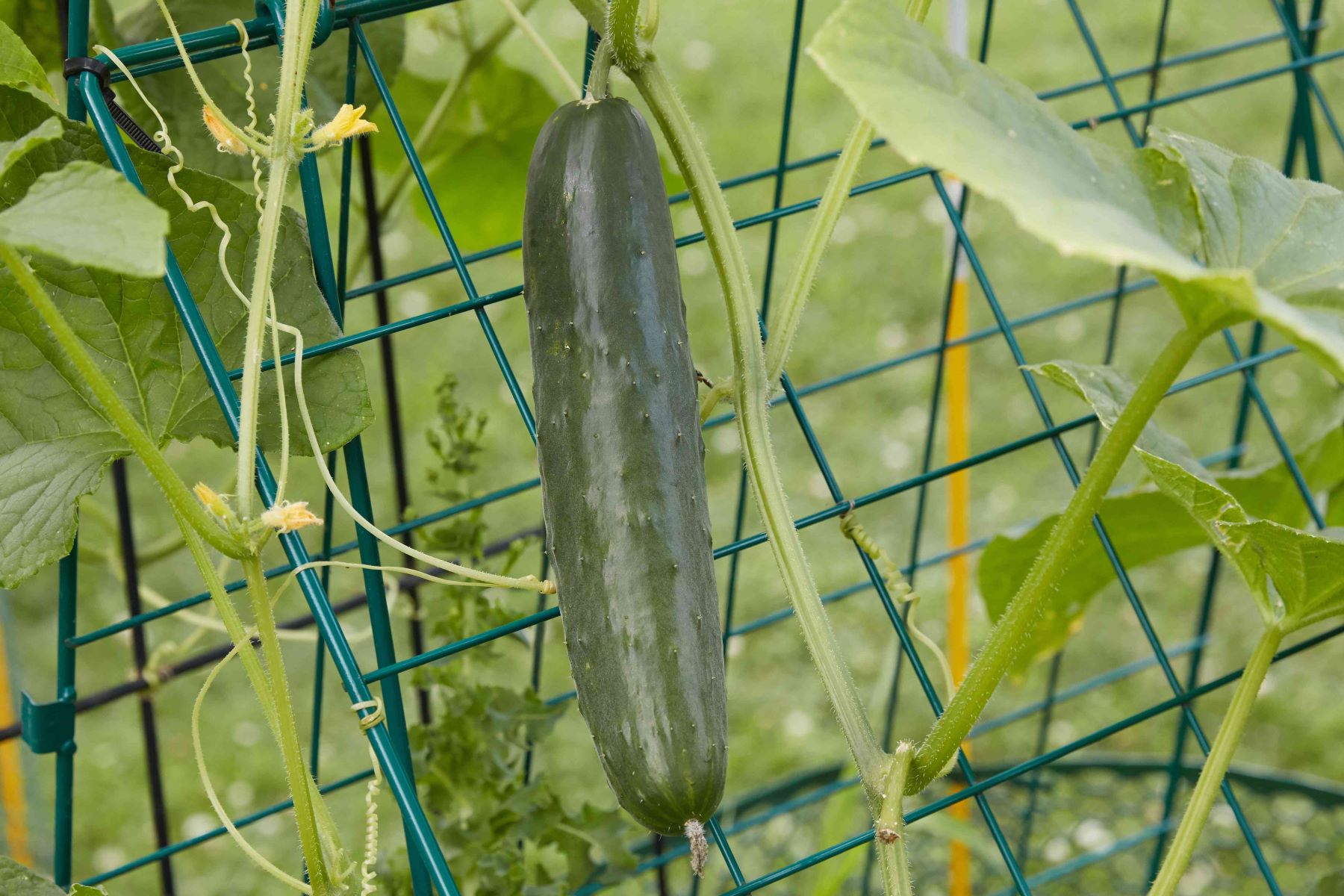

Garden Essentials
When To Harvest Cucumber Seeds
Modified: August 17, 2024
Learn when to harvest cucumber seeds in your garden and ensure a successful yield. Discover the best time to collect seeds for future planting.
(Many of the links in this article redirect to a specific reviewed product. Your purchase of these products through affiliate links helps to generate commission for Storables.com, at no extra cost. Learn more)
Introduction
Growing cucumbers in your garden can be a rewarding experience, from watching the plants thrive to harvesting the fresh and crisp cucumbers for your salads and pickling. But did you know that you can also save cucumber seeds for future plantings? Harvesting cucumber seeds allows you to continue growing your favorite cucumber varieties year after year, while also preserving heirloom varieties or experimenting with unique cultivars.
In this article, we will explore the process of harvesting cucumber seeds. We’ll discuss the factors that affect seed maturity, signs to look for when determining if the seeds are ready to be harvested, and the proper techniques for seed collection and storage. By the end of this article, you’ll have the knowledge and confidence to harvest and store cucumber seeds successfully.
Key Takeaways:
- Harvest cucumber seeds when the fruit is fully ripened, and the seeds are dark, hard, and easily separate from the flesh. Follow proper drying and storage techniques to ensure seed viability for future plantings.
- Choose open-pollinated or heirloom cucumber varieties for seed harvesting. Regularly inspect the fruits for signs of maturity, and clean, label, and store the seeds in a cool, dark place for long-term viability.
Read more: When To Harvest Asparagus Seeds
Understanding Cucumber Seeds
Before we delve into the process of harvesting cucumber seeds, it’s important to understand the anatomy of a cucumber seed. Cucumber seeds are enclosed within the fruit, surrounded by a gel-like substance. This gel acts as a natural germination inhibitor, preventing the seeds from sprouting inside the fruit.
Cucumber seeds, like other plant seeds, are reproductive units that contain the genetic information needed to create a new cucumber plant. They are composed of a seed coat, embryo, and endosperm. The seed coat is the protective outer layer that shields the delicate embryo and endosperm inside.
When selecting cucumbers for seed harvesting, it’s essential to choose open-pollinated or heirloom varieties. These varieties will produce seeds that are true to their parent plant and retain the desired characteristics from generation to generation. Hybrids, on the other hand, result from cross-pollination between two different cucumber varieties and produce seeds that may not display the same traits as the parent plants.
Cucumber seeds can remain viable for an extended period, depending on how they are stored. Under ideal conditions, cucumber seeds can maintain their germination ability for up to five years. By properly harvesting and storing cucumber seeds, you can ensure their longevity and be ready to plant them whenever you desire.
Factors Affecting Seed Harvesting
Several factors can influence when it’s the best time to harvest cucumber seeds. Understanding these factors will help you determine the optimum time for seed collection.
- Variety: Different cucumber varieties have varying seed maturity rates. Some varieties may reach seed maturity earlier than others. Consult the seed packet or research the specific variety you are growing to get an idea of when you can expect the seeds to be ready for harvesting.
- Climatic Conditions: The climate in which your cucumber plants are growing can impact seed development. Cucumbers prefer warm temperatures, and if the growing season is particularly hot, the seeds may mature faster. Conversely, cooler temperatures may extend the seed maturation process.
- Fruit Development Stage: Cucumber seeds reach maturity when the fruit is fully ripened. The fruit should be left on the vine until it reaches its full size and develops its characteristic color. Immature fruits may have underdeveloped seeds that are not fully mature and viable.
- Seed Color and Texture: Mature cucumber seeds are typically dark in color, with a hard and dry texture. Seeds that are still white or light in color indicate immaturity, while seeds that are soft and plump may not be fully developed. Optimal seed harvesting time is when the seeds have turned a dark brown or black color.
These factors can vary depending on your specific cucumber variety and growing conditions. It’s important to observe your plants regularly and assess the maturity of the cucumber fruits to determine the ideal time for seed harvesting.
Signs of Seed Maturity
When it comes to harvesting cucumber seeds, it’s crucial to know the signs that indicate the seeds are mature and ready for collection. Here are some key indicators of seed maturity:
- Fruit Color: The color of the cucumber fruit can provide valuable clues about the seed maturity. As the fruit ripens, it often changes color, transitioning from green to yellow or brown. This color change indicates that the seeds inside have reached maturity.
- Fruit Texture: Mature cucumber fruit tends to have a firm texture. When gently pressed, the fruit should offer some resistance. If the fruit feels soft or mushy, the seeds may still be immature.
- Seed Hardness: When cucumber seeds mature, they become harder and less gel-like. You can test the seed hardness by cutting open a cucumber and pressing a seed between your fingers. If the seed is hard and crunchy, it’s a sign that it’s ready for harvesting.
- Seed Color: As cucumber seeds mature, they often change color. Immature seeds are light in color, while mature seeds tend to be dark brown or black. Check the color of the seeds in the cucumber fruit to determine if they have reached maturity.
- Seed Separation: Another indication of seed maturity is when the seeds separate easily from the surrounding flesh. When the seeds are fully developed, they should easily detach from the fruit with minimal effort.
It’s important to note that not all cucumbers mature at the same rate, even within the same plant. Therefore, it’s recommended to regularly inspect the fruits and check multiple samples to ensure that most, if not all, of the seeds have reached maturity before harvesting.
Harvest cucumber seeds when the fruit is fully mature, about 50-70 days after planting. The cucumber should be yellow and firm, and the seeds inside should be hard and dark in color.
Proper Techniques for Harvesting Cucumber Seeds
When it comes to harvesting cucumber seeds, there are a few techniques you can follow to ensure a successful and efficient process. Here are the steps to follow:
- Selecting Ripe Cucumbers: Choose fully ripened cucumbers for seed harvesting. Look for fruits that have reached their mature size, changed color, and feel firm to the touch. Avoid selecting overripe or damaged cucumbers, as they may have compromised seeds.
- Preparing the Cucumbers: Begin by washing the cucumbers thoroughly to remove any dirt or debris. Then, cut the cucumbers lengthwise using a clean knife. This will expose the seeds inside and make it easier to extract them.
- Extracting Seeds: Using a spoon or your fingers, scoop out the seeds from the cucumber. Place the extracted seeds in a clean bowl or container. Gently separate any remaining flesh or pulp from the seeds, but avoid rinsing them with water, as it can remove the natural protective coating.
- Drying the Seeds: Once the seeds are separated, spread them out on a clean, dry surface to allow them to dry. Avoid using paper towels or tissue, as they can stick to the seeds. Instead, use a glass or ceramic plate, or a mesh screen, to dry the seeds. Place the seeds in a well-ventilated area away from direct sunlight and excessive humidity. Allow the seeds to dry completely for about one to two weeks.
- Labeling and Storing: Once the cucumber seeds are fully dry, label them with the variety name and the date of harvesting. This will help you keep track of the seeds and ensure their viability. Store the labeled seeds in airtight containers, such as glass jars or seed envelopes, in a cool and dark place. Consider adding a desiccant packet to absorb any excess moisture and maintain seed quality.
By following these proper techniques, you can effectively harvest cucumber seeds and ensure their long-term viability for future plantings. Remember, it’s important to maintain the integrity and quality of the seeds to maximize their germination rates and ensure successful crops in the seasons to come.
Read more: When To Harvest Parsley Seeds
Preparing Seeds for Storage
Properly preparing cucumber seeds for storage is crucial to maintain their viability and ensure successful germination in the future. Here are some essential steps to follow:
- Cleaning: Before storing cucumber seeds, it’s important to remove any remaining debris or chaff. You can do this by gently blowing on the seeds or using a fine sieve to separate them from any unwanted particles.
- Labeling: Labeling the stored seeds is essential for easy identification later on. Make sure to note the variety, the date of harvesting, and any other relevant information. This will help you keep track of your seed collection and ensure you use the oldest seeds first.
- Seed Treatment (Optional): Some gardeners choose to treat cucumber seeds with a fungicide or a natural antifungal agent to prevent the growth of mold and fungi during storage. Follow the instructions on the treatment product and ensure that the seeds are completely dry before applying any treatment.
- Container Selection: Use airtight containers for storing cucumber seeds. Glass jars, seed envelopes, or small plastic bags with a zip-top closure are great options. Make sure the containers are clean, dry, and free from any moisture or pests.
- Storage Conditions: Proper storage conditions are crucial for maintaining seed viability. Cucumber seeds should be stored in a cool, dry, and dark place. A temperature around 40°F (4°C) is ideal. Avoid exposing the seeds to sunlight, high temperatures, or humidity, as these can shorten their shelf life.
- Seed Testing: Over time, seeds may lose their viability. It’s a good practice to periodically test the germination rates of stored seeds. Simply place a few seeds on a damp paper towel, keep them moist, and monitor how many seeds successfully germinate. This will help determine if the stored seeds are still viable and if it’s time to replenish your seed collection.
By following these steps, you can ensure that your cucumber seeds are properly prepared and stored for future use. With proper maintenance and storage conditions, your seeds can remain viable for several years, allowing you to continue growing your favorite cucumber varieties and experiencing abundant harvests.
Conclusion
Harvesting cucumber seeds is a fulfilling and sustainable practice that allows you to preserve your favorite cucumber varieties and explore new cultivars. By understanding the factors that affect seed maturity, recognizing the signs of seed maturity, and following proper harvesting and storage techniques, you can ensure the longevity and viability of your cucumber seeds.
Remember to choose open-pollinated or heirloom cucumber varieties for seed harvesting to maintain the desired traits from generation to generation. Keep in mind that different cucumber varieties and growing conditions may result in varying maturity rates, so regular observation of your plants is crucial.
When collecting cucumber seeds, thoroughly clean and dry them before storing them in labeled, airtight containers in a cool and dark location. Consider periodic seed testing to monitor their germination rates and determine if it’s time to replenish your seed collection.
By following these guidelines, you can embark on a sustainable gardening journey, maintaining a continuous supply of cucumber seeds for future plantings. Enjoy the satisfaction of growing cucumbers from your own saved seeds, and remember to share the abundance with friends and fellow gardeners.
So, go ahead and embrace the art of cucumber seed harvesting. Unlock the potential of your garden by preserving and propagating these wonderful seeds for years to come.
Frequently Asked Questions about When To Harvest Cucumber Seeds
Was this page helpful?
At Storables.com, we guarantee accurate and reliable information. Our content, validated by Expert Board Contributors, is crafted following stringent Editorial Policies. We're committed to providing you with well-researched, expert-backed insights for all your informational needs.
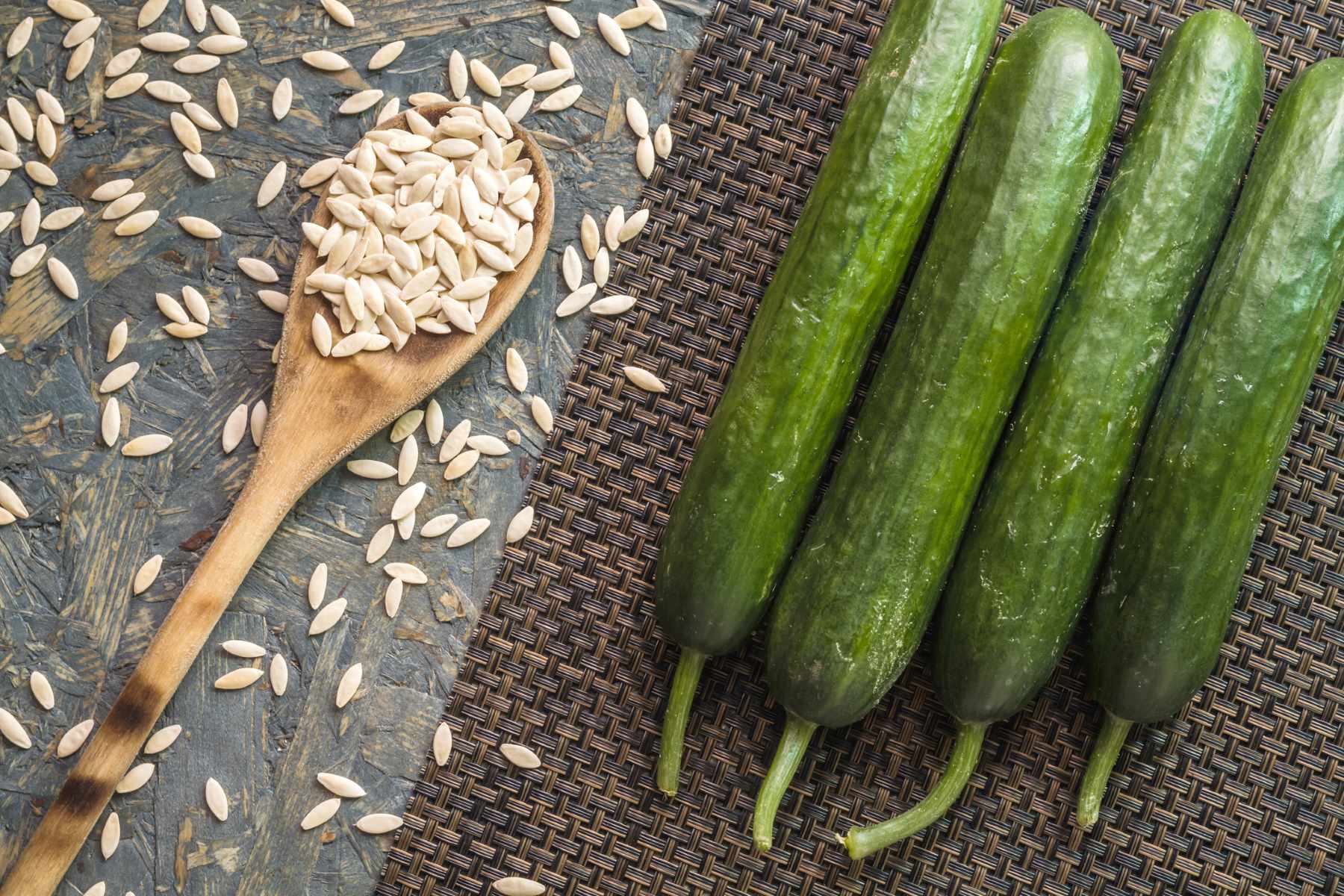
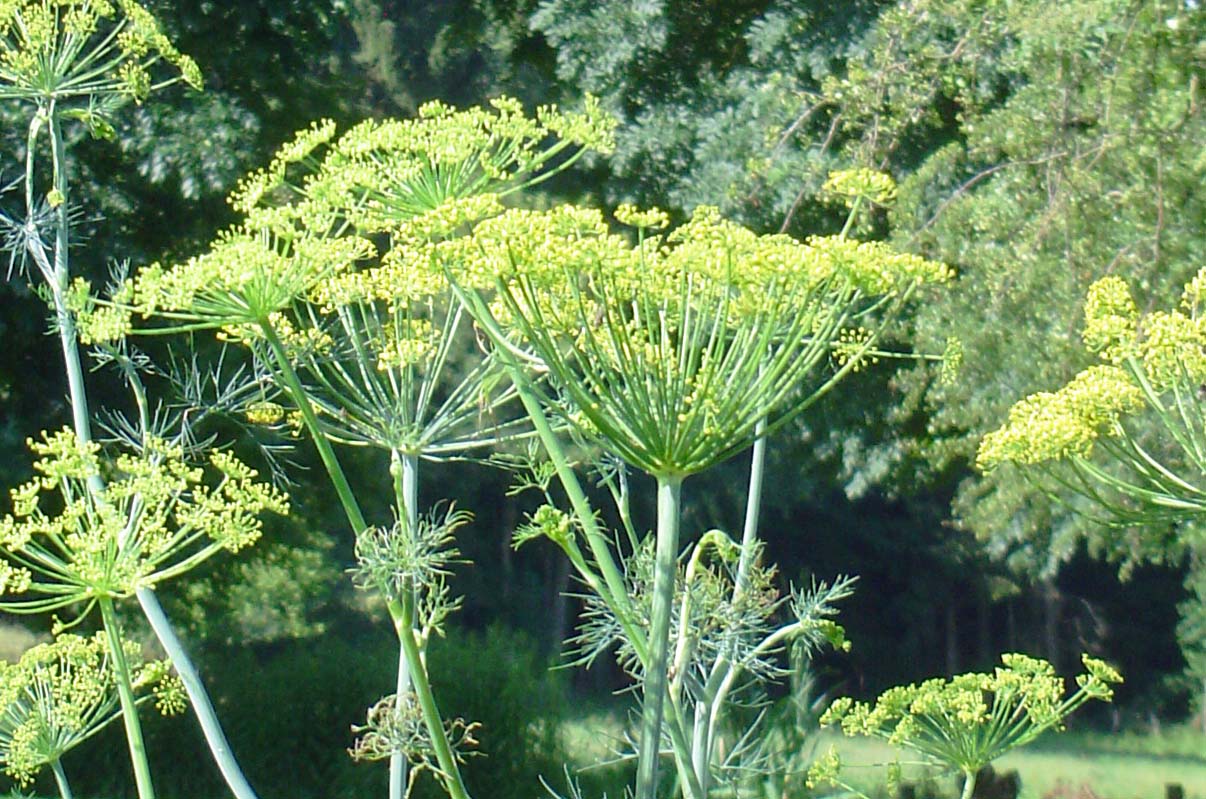
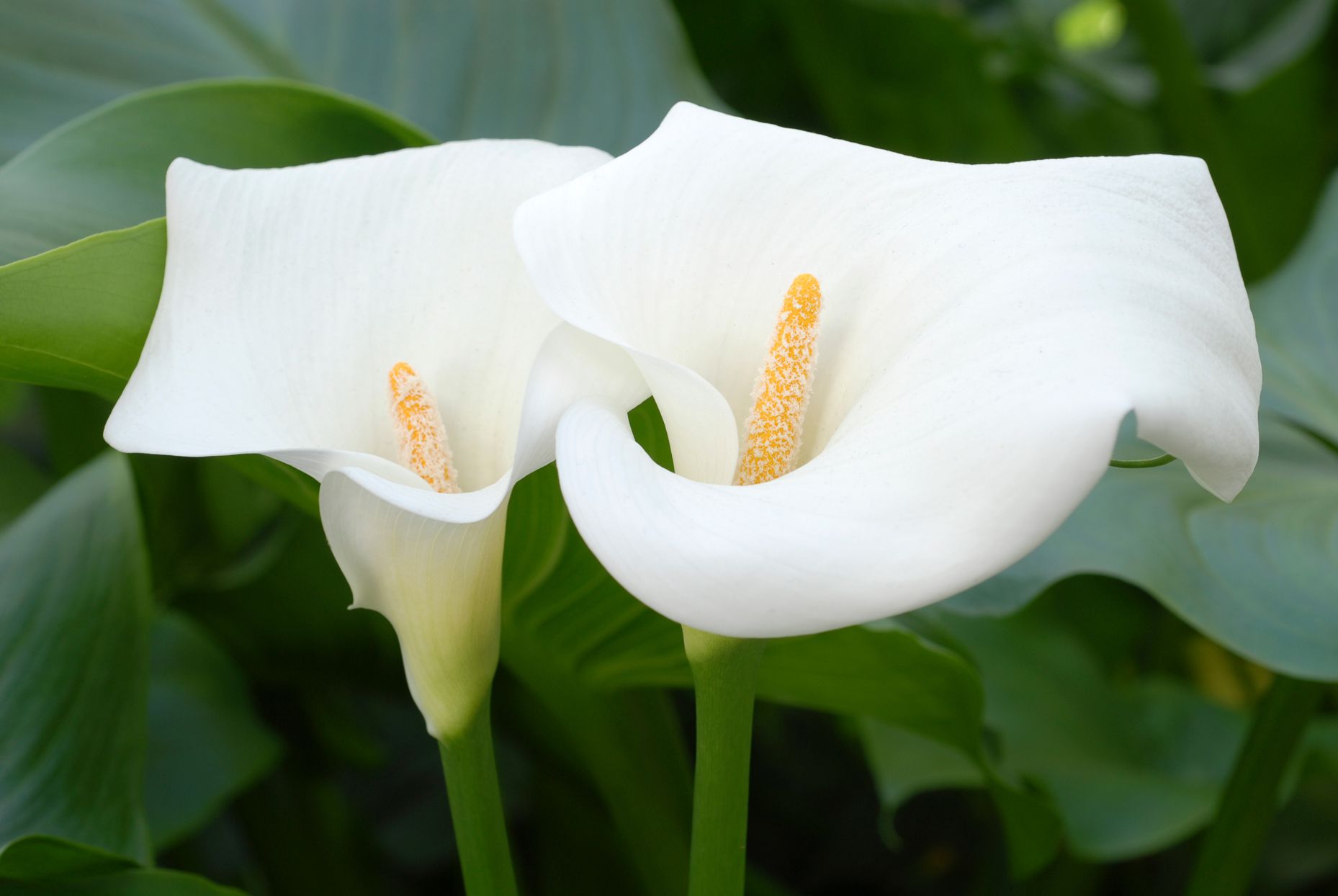
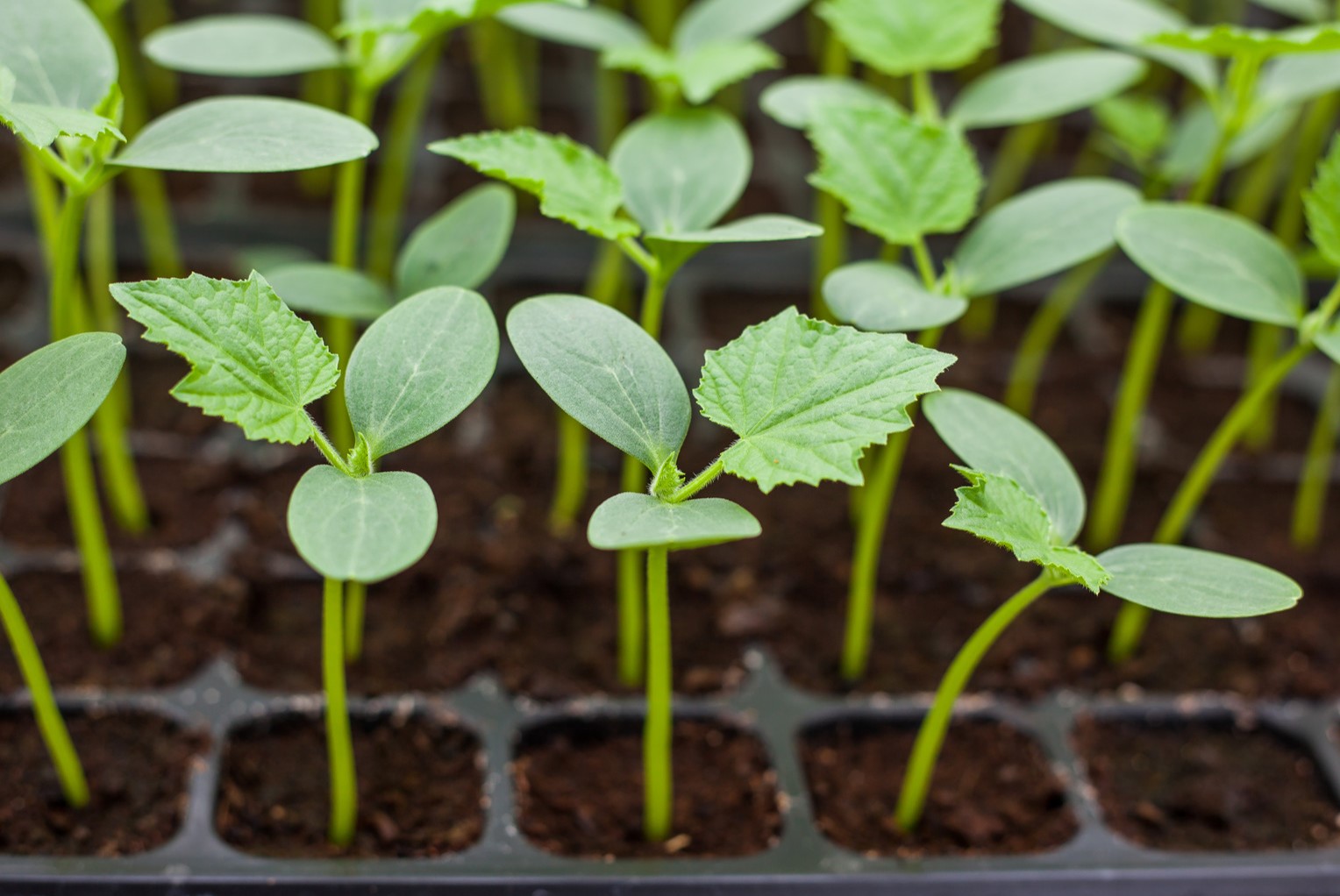
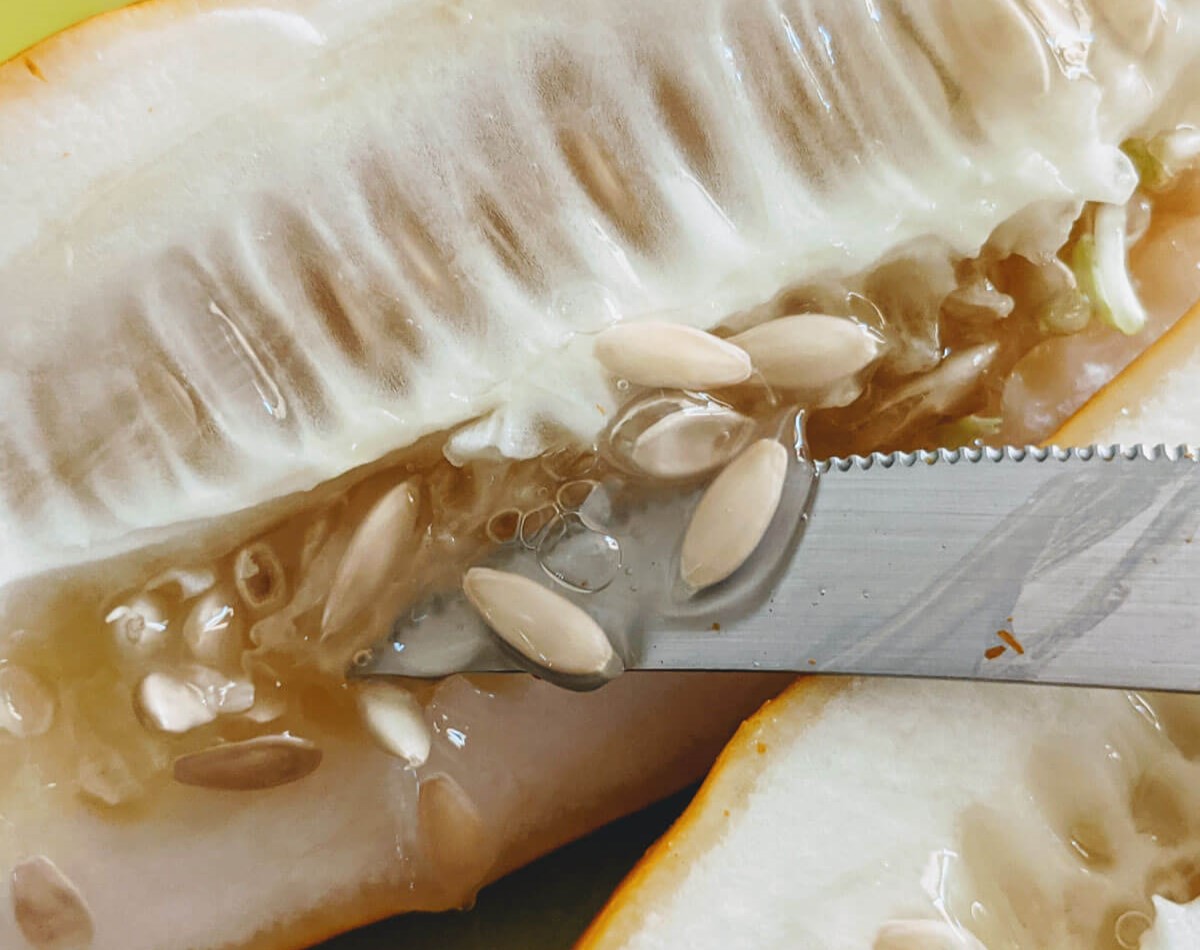
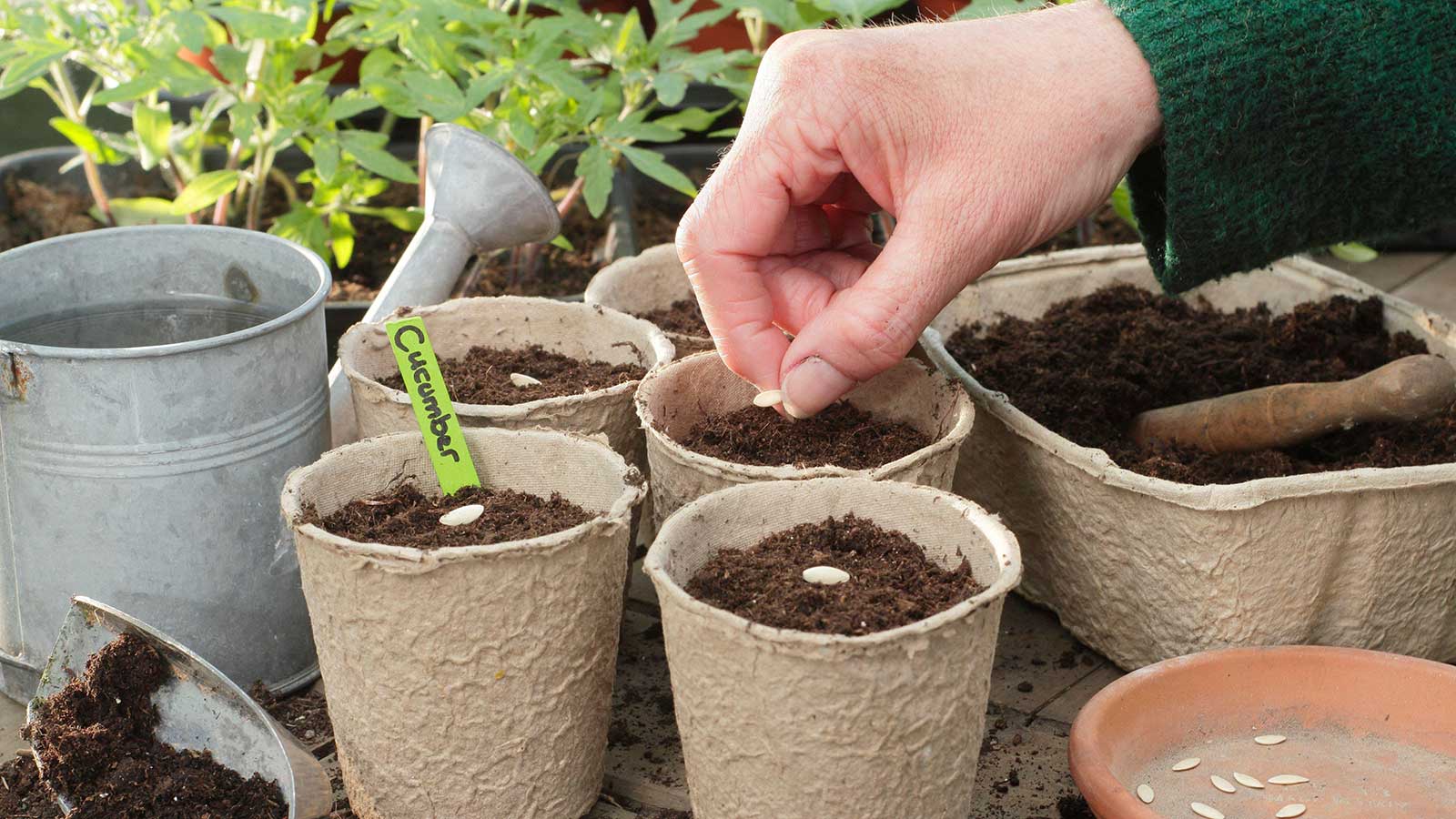

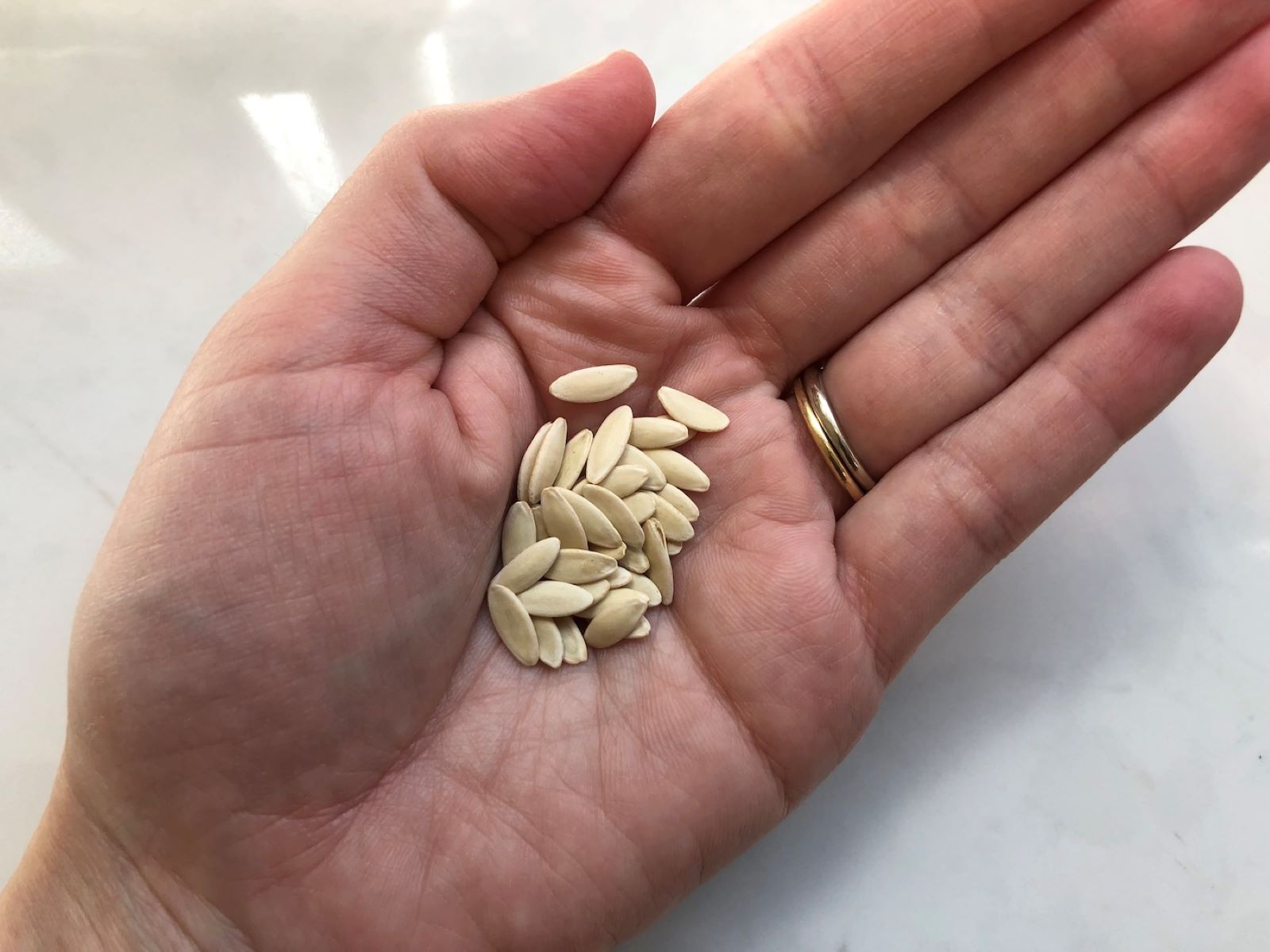
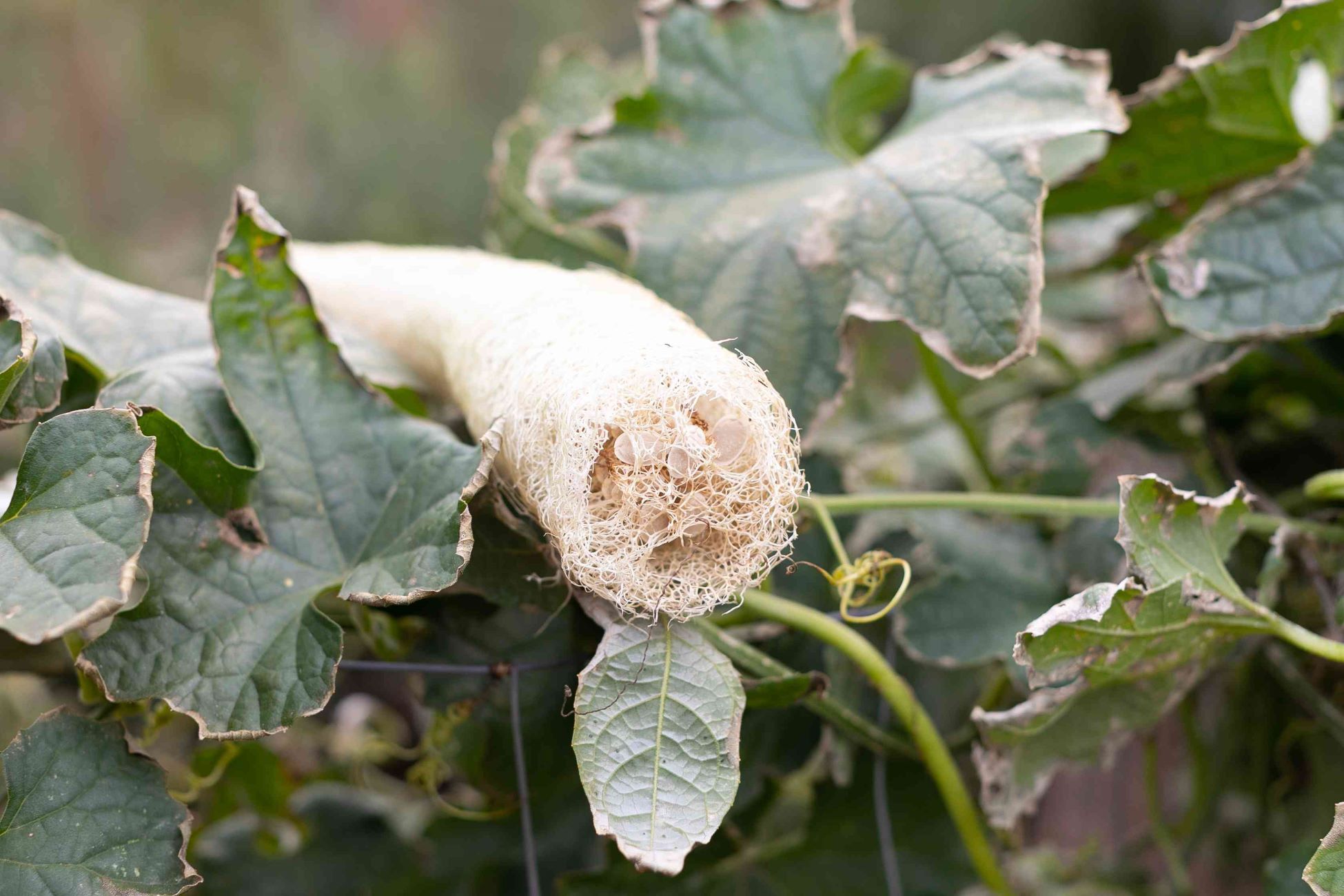
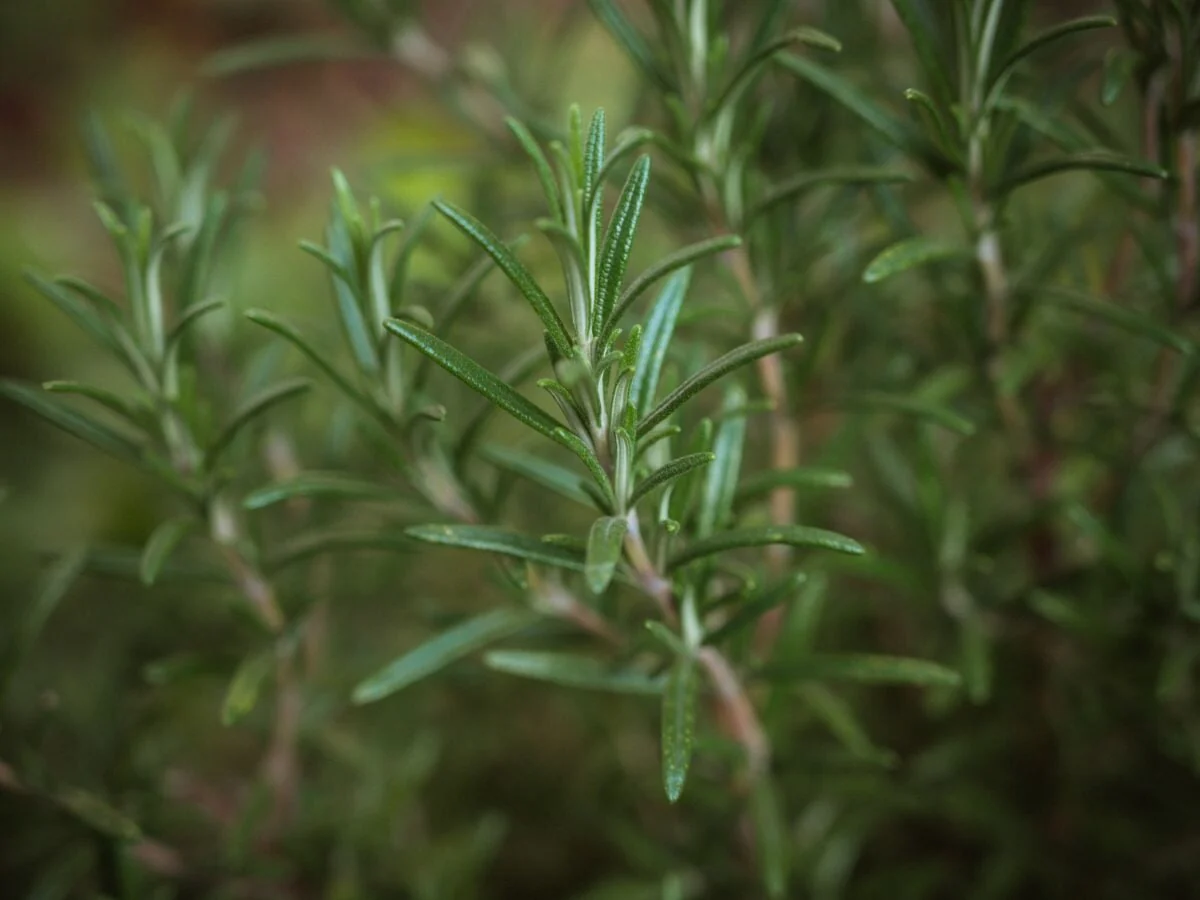
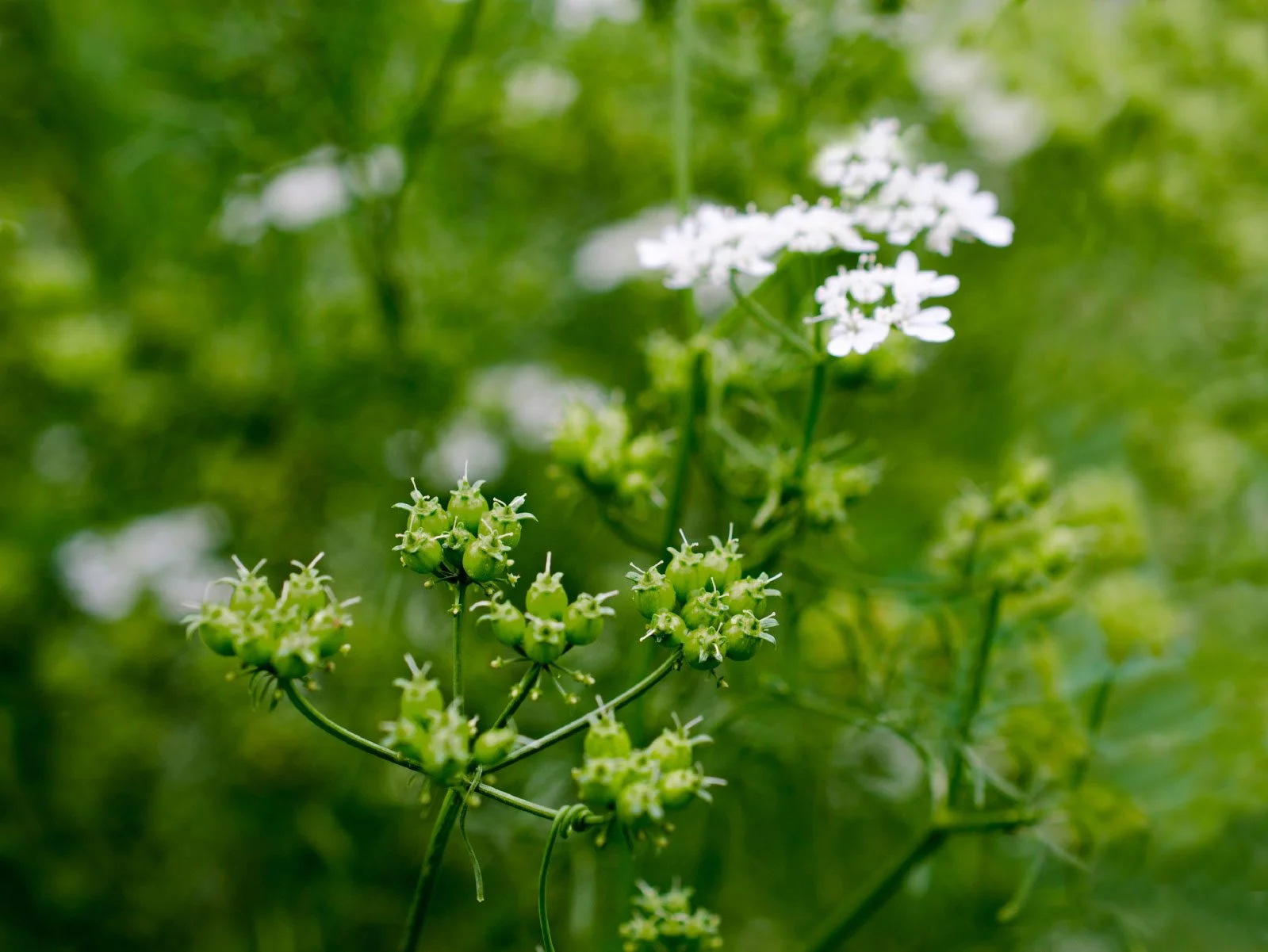
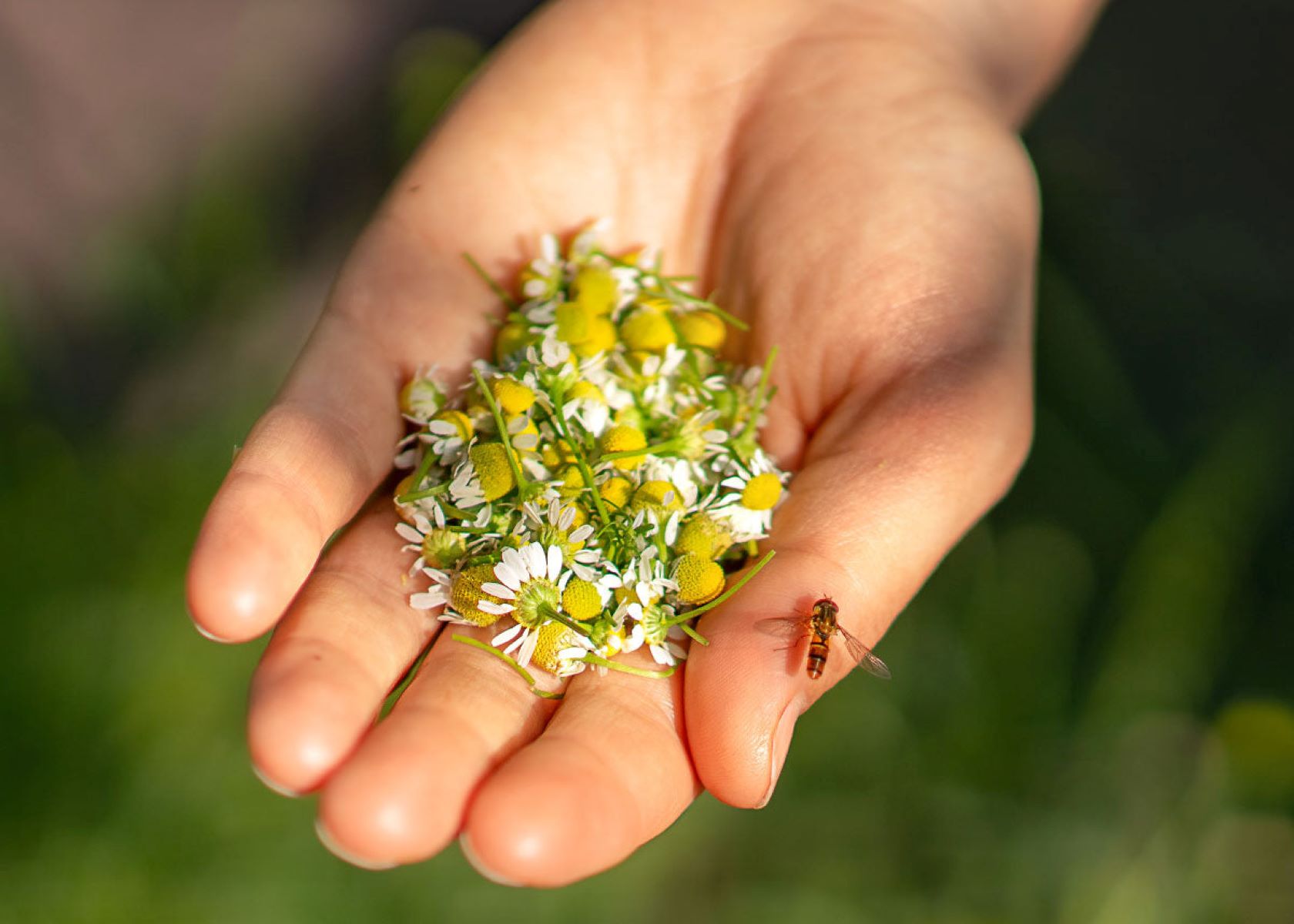
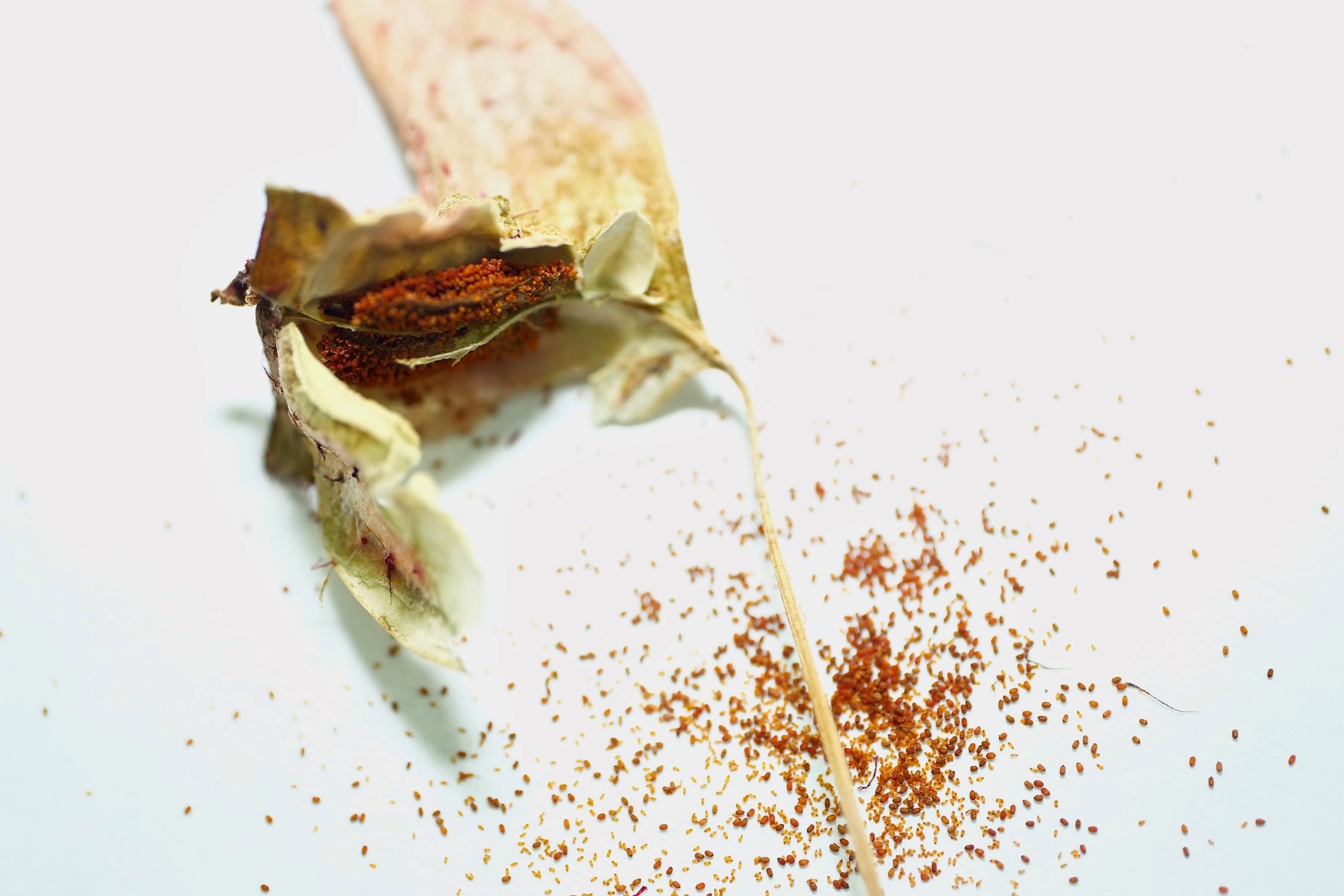
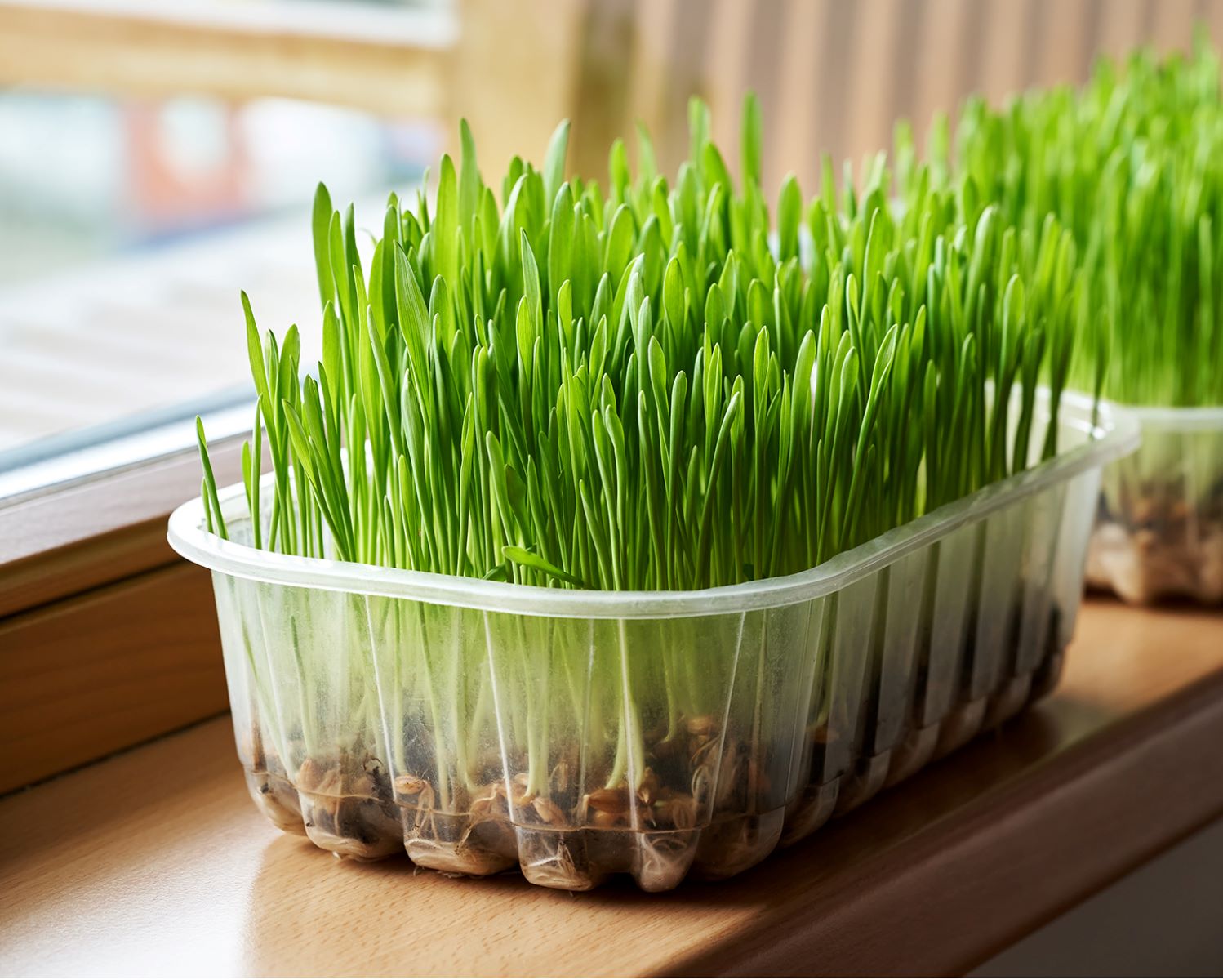

0 thoughts on “When To Harvest Cucumber Seeds”